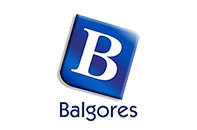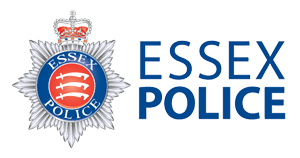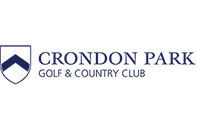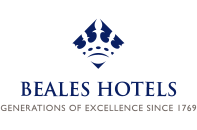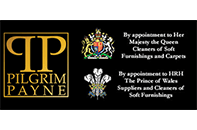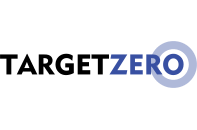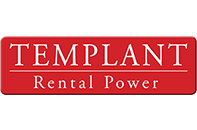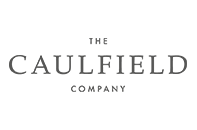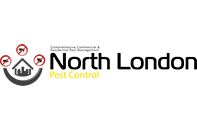Canonical Links: What Are They and Why Are They Important?
Last month an ecommerce website came to us requesting an SEO audit to help highlight any issues that are holding them back online, and the conclusion was that either an absence of canonical tags, or often worse, badly implemented canonicals following a website redesign, was a major problem for them. It is evident from our discussions that very few clients know what a canonical link is, and also, unlike our web developers, few web designers fully understand them either. So today, we’ll provide a brief guide to canonical tags so businesses can better understand why they are so important.
What is Canonicalisation?
Canonical tags are lines of code which are added to the head of a webpage – the same area where we set page titles, meta descriptions and site languages, for example. The tag tells search engines when multiple URLs are in fact the same product or service – they can even be used across multiple websites. The idea is that you define the “parent” page for a particular product, which prevents Google trying to index every page.
A Simple Example
Imagine a website is selling a range of shoes, with many styles different designers. Each shoe will come in different sizes, some may be available in different colours, and some may come with slightly different features as standard. For example, Nike Air Max 1 is currently one of the most popular trainers on the market. You can order these in white, blue, grey, navy, red, plus several other colour combinations. They also all come in different sizes. If the ecommerce CMS provides different URLs for each colour and size combination, Google will crawl all these pages, and treat the various multiples as duplicate content. Many eCommerce CMSes create dynamic URLs, which can amplify the problem even more. Duplicate content can negatively affect ranking – the Google Panda algorithm may be triggered.
So, the best solution is to choose a single URL that is the main page, and point all other pages using the rel=canonical linking tag. However, care must be taken to not over do things. In the case of shoes, although it is important to have all sizes served from a single product page, for very popular shoes, stores may benefit from maintaining different pages for each colour. However, separate pages for each colour won’t always be a good idea, especially if the product descriptions are a bit thin – if there’s one thing Google hates more than thin product pages, it’s duplicated thin product pages!
Why is this important?
Google penalises duplicate content and thin content. Using the rel-canonical tag is the easiest way to prevent such penalties, and if a website has already been penalised, it will help it recover.
Why Not Just 301 Redirect?
If multiple identical pages are a problem for Google, why not just redirect all to a single page? Well, while we need to help Google better index websites, we also need to provide an optimum user experience, and this often involves giving unique URLs for specific products. Creating different URLs also helps when people wish to bookmark or share a product; without them, somebody may add the blue Nike Air Max 1 to their birthday wish list, only to receive the white ones, as this was the page their link led to.
Which URL To Canonicalise?
This is a difficult one to decide. In theory, all the URLs should be equal. If your CMS provides a relatively clean URL for the first option, e.g. white shoes, size 9 (9 being the average male shoe size) then pick this as the “master” canonical URL. Alternatively, just chose the product that sells the most. The whole idea is that when you’re using canonical URLs, it does not matter which one is the parent, as Google will direct all the link juice to that one single URL regardless.
Setting Up Canonicals
The rel=canonical tag is added to the head section of your website. It should always look something like this:
<link rel=”canonical” href=”http://fseshoeshop.com/nike-air-max-1/white/size-9″>
We use the All In One SEO Pack plugin on our blog, which, when configured, takes cares of canonicals for us:

The big question is, how do you add to all relevant pages? The only way to be sure that it is done correctly is to use a trusted plugin or module. Some CMSes do now support canonical tags, especially eCommerce CMSes. However, if it is not supported as standard, you should be able to install a plugin or module that manages them for you. If all your pages are manually created (which is really not a good idea!) then you need to manually insert the canonical tag into each page.
Canonical URLs To Other Domains
You can even use canonicals between domains. For example, if for legal reasons you had to operate multiple TLDs, e.g. .co.uk, .com, and .eu, but each website was essentially identical, you could set a canonical URL so that all domains point to the .co.uk pages. This will provide the user experience you desire as well as meeting legal requirements, without incurring a penalty from Google. Obviously, the best option is to ensure that each website is completely unique, but this is rarely a viable option for businesses.
When Canonicals Fail
Unfortunately, we often see badly implemented canonicals. This often happens after a major website redesign, when previously well-ranking pages would be “canonicalised away” to new pages that contain inferior content. If the web developer also failed to set 301 redirects, all previously gained Google rankings could quickly be lost. It is possible resolve such issue by rebuilding old URLs, resetting canonicals and creating 301 redirects, but sometimes once the damage is done, it can take a very long time to recover.
For more advice on using canonical URLs, read Google’s own guide. If you need some help implementing canonical tags, speak to one of our technical SEO consultants today.


